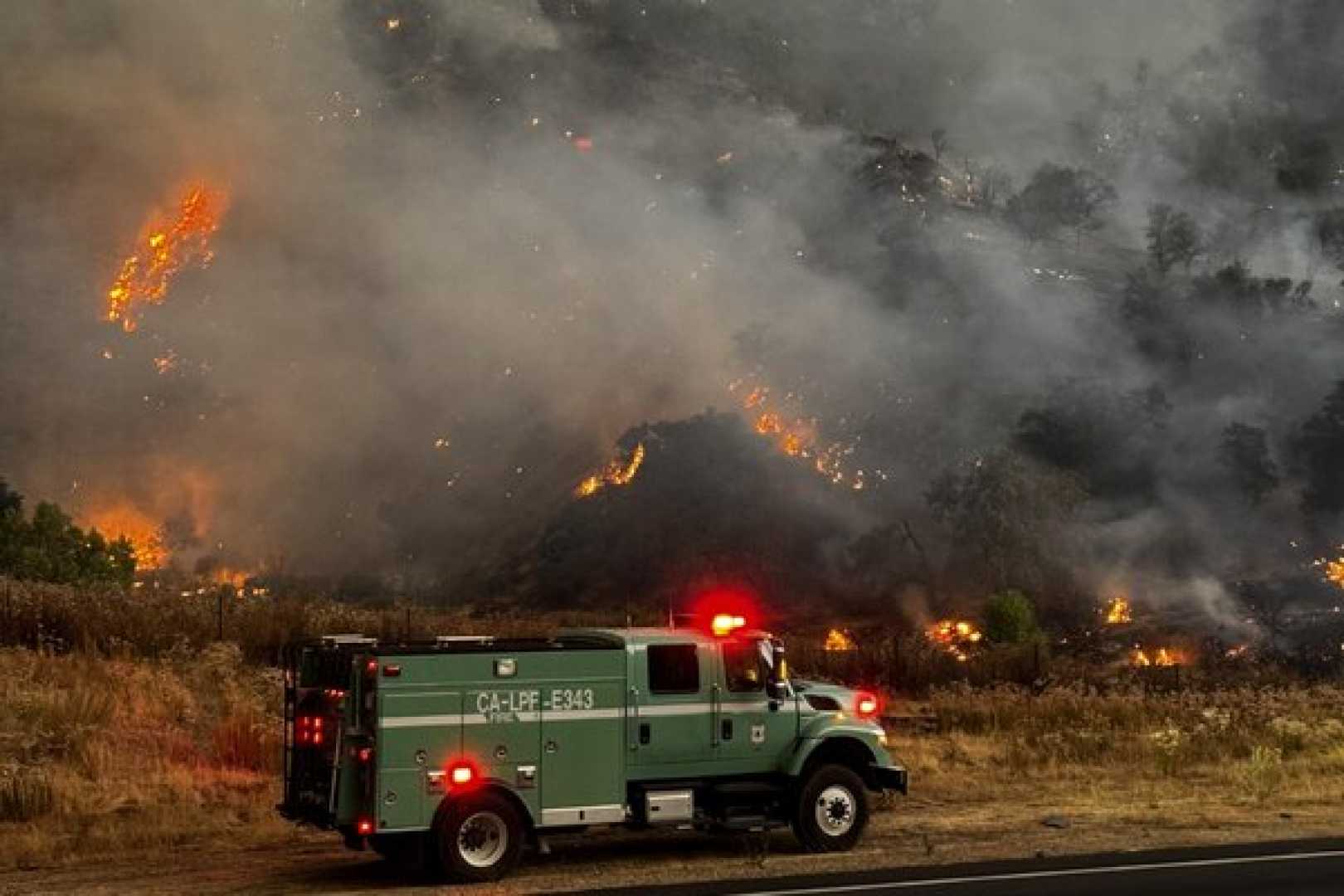News
Gifford Fire Rages in Los Padres National Forest, Evacuations Ordered

Santa Maria, California — Firefighters are struggling to contain the Gifford Fire, which has now burned over 82,000 acres in the Los Padres National Forest. The blaze began last Friday, fueled by hot, dry conditions and multiple smaller fires along Highway 166. As of Monday afternoon, it remains only 3% contained and threatens more than 800 structures.
Authorities, including the California Department of Forestry and Fire Protection (CAL FIRE), have issued evacuation orders for numerous zones in San Luis Obispo and Santa Barbara counties. Officials warned residents to ‘leave now’ due to the immediate threat to life and property. ‘All residents in evacuation order zones are urged to evacuate immediately,’ they stated.
As smoke from the fire spreads, cities along the West Coast and across the Midwest are experiencing poor air quality. Las Vegas’ air quality index ranks at 186, placing it in the ‘unhealthy’ range due to smoke drifting in from the Gifford Fire. Nearby areas like San Luis Obispo and Santa Barbara are also ranked as unhealthy, impacting sensitive groups.
Three people have been injured since the fire’s onset. One person suffered burn injuries while two contract workers were hurt in a vehicle accident while assisting firefighters. The cause of the fire is still being investigated, and conditions are expected to remain challenging as firefighters deal with shifting winds and high temperatures.
Despite the low containment number, about 1,000 firefighters are actively working to establish containment lines to stop the fire’s spread. Their efforts include constructing barriers using natural features and fire lines. As crews focus on protecting homes in vulnerable areas like Schoolhouse and Cottonwood canyons, efforts are complicated by extremely dry and windy conditions.
Residents are advised to stay indoors to avoid smoke exposure, particularly those with respiratory issues. The National Weather Service continues to monitor air quality and weather patterns as the situation develops, with additional updates expected in the coming days.












